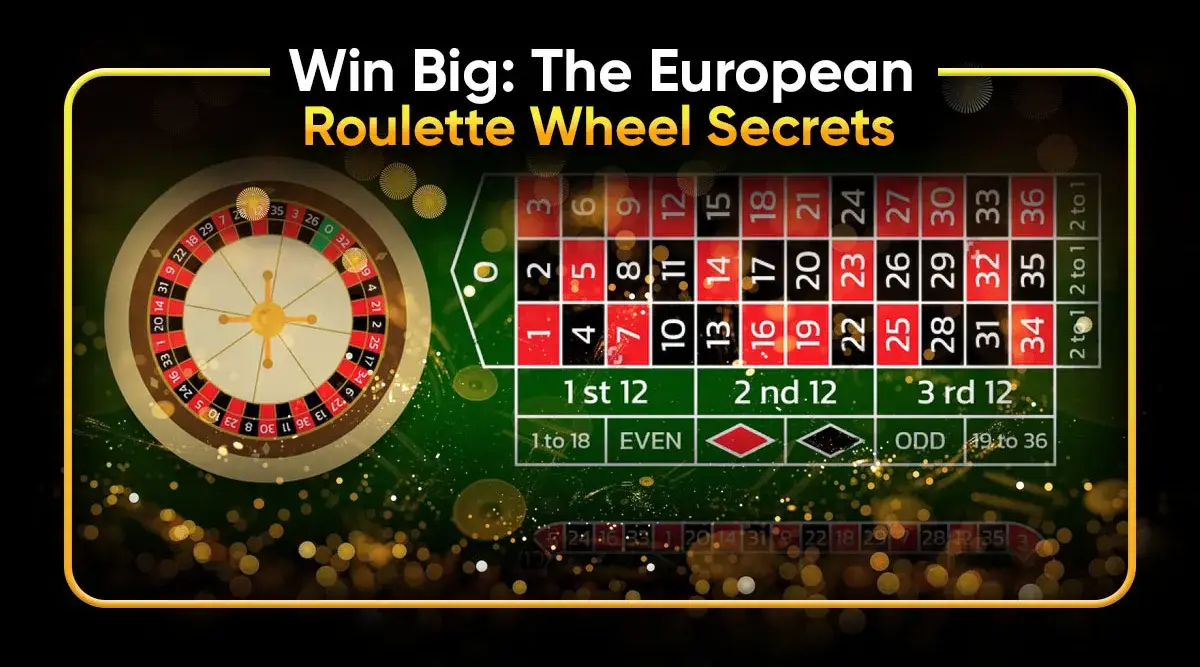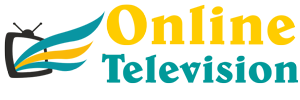
Let’s be honest. You started creating content because you love it—the thrill of a viral post, the connection with your audience, the pure joy of making something from nothing. The business side? The spreadsheets, the tax forms, the financial forecasts? Well, that probably felt like a boring, confusing chore you’d get to… eventually.
Here’s the deal: treating your creative passion as a real business isn’t just about making more money. It’s about sustainability. It’s about building a career that lasts, one that funds your life and your dreams without burning you to a crisp. Financial literacy is the superpower that separates the hobbyists from the full-time pros.
Your First Step: Untangling Your Personal and Business Finances
This is, without a doubt, the most critical and often overlooked step. When your grocery money is mixed up with your camera gear fund, things get messy fast. It’s like trying to follow two different recipes in the same bowl—you end up with a confusing, inedible mess.
So, what do you do?
- Open a Separate Business Bank Account: Seriously, do it this week. All your income—from brand deals, affiliate sales, digital products—should flow into this account. All your business expenses should be paid from it.
- Get a Business Credit Card: Use it solely for business purchases. This not only simplifies tracking but also starts building your business credit, which can be crucial later.
- Pay Yourself a Salary: This is a game-changer. Once or twice a month, transfer a fixed, predetermined amount from your business account to your personal account. This creates a clear boundary and helps you manage your personal budgeting without constantly dipping into business funds.
Beyond the Bank Balance: Understanding Your Real Profit
Revenue is a vanity metric. Profit is sanity. You might be pulling in five figures a month, but if your expenses are eating 80% of it, you’re not as profitable as you think. You need to know your numbers cold.
Let’s break down the key financial statements for a creator, in plain English:
- Profit & Loss (P&L) Statement: This is your report card for a specific period (month, quarter, year). It simply shows: Income – Expenses = Net Profit. It tells you the story of your business’s performance.
- Balance Sheet: This is a snapshot of your business’s financial health at a single moment. It lists what you own (assets: camera, cash in the bank, computer) and what you owe (liabilities: credit card debt, loans). The difference is your equity.
- Cash Flow Statement: This tracks the actual movement of cash in and out. Profit is an idea; cash flow is reality. You can be profitable on paper but still go broke if your cash is tied up in unpaid invoices.
| Common Creator Expense Category | Examples |
| Software & Subscriptions | Adobe Creative Cloud, Canva Pro, email marketing tool, project management app |
| Equipment & Tech | Camera, microphone, lighting, computer, hard drives, phone |
| Marketing & Promotion | Boosted posts, Pinterest ads, collaboration costs |
| Professional Services | Accountant, lawyer, video editor, graphic designer |
| Education & Development | Online courses, industry conferences, books |
Taxes Aren’t Scary (If You’re Prepared)
Ah, taxes. The ultimate buzzkill. But honestly, they don’t have to be a nightmare. The key is proactive planning, not a panicked scramble in April.
As a self-employed creator, you’re responsible for paying estimated quarterly taxes. Yeah, four times a year. It sounds like a pain, but it prevents a massive, unaffordable tax bill all at once.
And here’s your silver lining: business deductions. These are legitimate business expenses that reduce your taxable income. Think about it—that new ring light, the portion of your home used as an office, the internet bill you use for work, even a business-related course. Track every single one. A good rule of thumb is: if you spent money to make money for your content business, it’s probably deductible. Consult a tax professional who understands creator economies—it’s worth every penny.
Building a Resilient, Multi-Stream Income Portfolio
Relying on one income stream—say, YouTube ad revenue or a single brand partnership—is like building a house on one pillar. If it wobbles, the whole thing comes down. The most financially savvy creators diversify. They build a portfolio of income streams that ebb and flow together, creating stability.
Think of it as your creator income pyramid:
- The Foundation (Active & Predictable): Brand deals, freelance services, coaching. You trade time for money. It’s reliable but has a ceiling.
- The Middle Layer (Scaling & Semi-Passive): Affiliate marketing, digital products (e-books, presets), subscription communities (Patreon, etc.). These can scale without a direct 1:1 time investment.
- The Apex (True Passive & Long-Term): Online courses, stock photo/video sales, licensing deals, royalties. These take significant upfront work but can pay off for years.
Planning for the Peaks and Valleys: An Emergency Fund
The creator economy is famously inconsistent. One month you’re celebrating a huge campaign; the next, you’re in a quiet spell. This volatility is why a personal and business emergency fund isn’t a nice-to-have—it’s a non-negotiable.
Aim to save 3-6 months of your essential living expenses + business operating costs. This cash buffer is your peace of mind. It lets you say no to terrible deals, invest in your business during a slow period, and sleep soundly knowing you’re covered. It turns financial anxiety into financial resilience.
The Final Tally
Look, mastering financial literacy for content creators isn’t about becoming a Wall Street guru. It’s about shifting your mindset. It’s about seeing yourself not just as an artist, but as the CEO of your own creative enterprise.
You’re already a master of storytelling, of engagement, of building worlds from scratch. Now, it’s time to write the most important story of all: the one where your passion pays the bills, builds a future, and grants you the ultimate creative freedom—the freedom that comes from knowing your finances are firmly, unshakably under your control.

